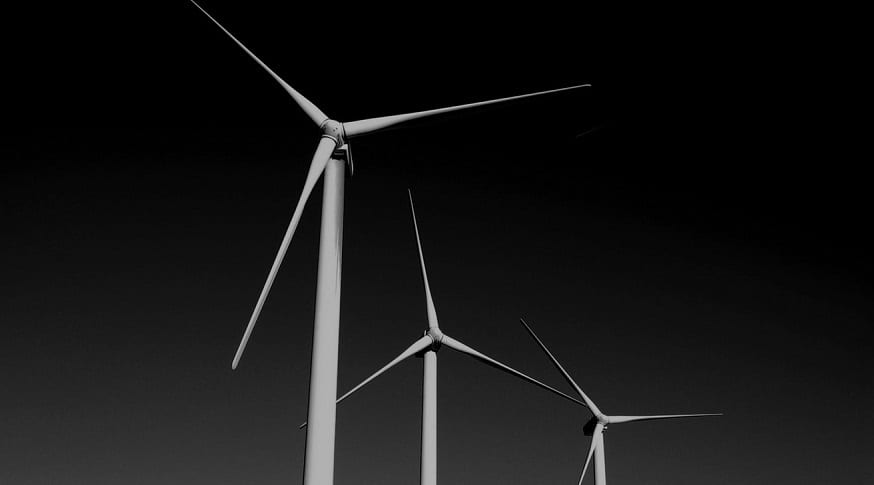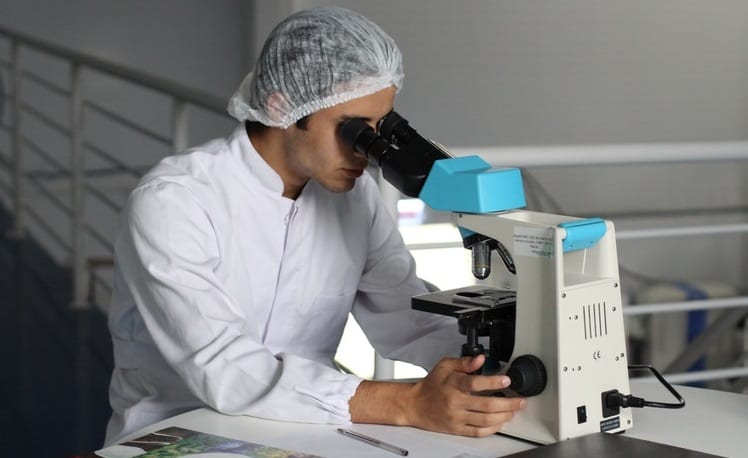
Floating wind energy projects to receive multi-million dollar support from the DOE
February 6, 2019The U.S. Department of Energy (DOE) announced $28 million in funding for new ARPA-E program.
In and effort to advance floating wind energy projects in the U.S., the DOE has created the ATLANTIS projects. The Aerodynamic Turbines, Lighter and Afloat with Nautical Technology and Integrated Servo-control (ATLANTIS) projects is a new Advanced Research Projects Agency-Energy (ARPA-E) program, and has been designed to develop new technology for floating offshore wind turbines using the discipline of control co-design (CCD).
The CCD approach allows project teams to build floating offshore wind turbines using a new approach.
Control co-design methodologies offer project teams a unique way to develop new ways to build floating offshore wind turbines that would not be possible with a conventional design approach. Instead of having to apply diverse engineering disciplines in sequential steps, CCD brings together these disciplines to work concurrently while the device is being designed.
This advancement and the $28 million in funding for these floating wind energy projects is important due to the fact that a huge chunk of America’s best offshore wind resources are located in waters too deep for traditional offshore wind turbines that are fastened to the ocean floor.
Therefore, installing floating turbines effectively presents a lot of technical challenges and requires a different approach,
With floating wind energy, the United States has the potential to capitalize on offshore wind.
“The United States has 13,000 miles of shoreline, which is a huge opportunity to lead the world in capitalizing offshore wind,” said U.S. Secretary of Energy Rick Perry in a statement released by the Department of Energy.
“The ATLANTIS projects will help advance American offshore wind production and the accompanying job, manufacturing, and investment growth for the nation,” Perry added.
In order to be successful, the ATLANTIS projects will need design approaches that make the most of power to weight ratios while managing to maintain or increase turbine efficiency.
The DOE’s new ATLANTIS funding opportunity not only encourages the development of efficient wind floating energy solutions, but also encourages collaboration, calling on scientists, engineers and practitioners from various disciplines, organizations and technology sectors to form project teams that bring together both diversity and  experience. In essence, the purpose of ARPA-E program projects is to facilitate technological and scientific discoveries that one group alone would not be able to accomplish.
experience. In essence, the purpose of ARPA-E program projects is to facilitate technological and scientific discoveries that one group alone would not be able to accomplish.



 With over 15 years of reporting hydrogen news, we are your premier source for the latest updates and insights in hydrogen and renewable energy.
With over 15 years of reporting hydrogen news, we are your premier source for the latest updates and insights in hydrogen and renewable energy.